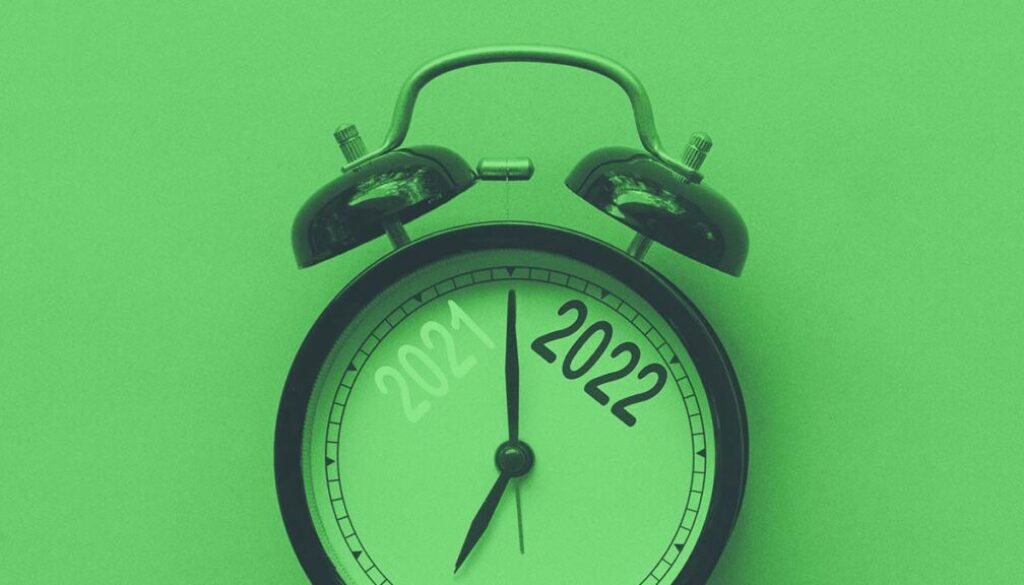Our Top 10 Private Real Estate Investing Trends for 2022 Copy
Despite the pandemic, some private real estate sectors made remarkable rebounds in 2021—notably multifamily housing, industrial and life sciences, as the Urban Land Institute noted in its Emerging Trends in Real Estate 2022 report. Yet private real estate investing in 2022 will continue to be clouded by the coronavirus. Nevertheless, investment decisions can’t be put off indefinitely. Higher risk is now endemic, and the costs of organizing life around COVID-19 may have begun to exceed the benefits.
That said, below are our top 10 private real estate investing predictions for the coming year. In 2022, we’re staying focused on multifamily housing and positioning our funds for both short- and long-term success. We are confident that Origin Investments can continue to deliver high absolute returns and manage risk no matter what the rest of this decade has in store.
1. Inflation is our biggest economic risk and will impact all other trends.
I’m not the only investor worried about inflation. Blackstone’s Jon Gray and Just Capital’s Paul Tudor Jones think it’s more than transitory. Inflation surged 6.8% for the 12 months ended in November 2021, the fastest rate since 1982. Supply chain costs could extend volatility pricing well into 2022, but higher wages will have a prolonged impact that the Federal Reserve may miss a chance to rein in. In private real estate, sustained inflation will affect everything from value-add and ground-up construction to capital expenditures and cap rates. It goes back to labor and the supply chain—there’s no one to unload freight and supplies or sell fast food. The only way to incent labor is higher wages, which is good for workers but also inflationary and not transitory. You can’t take it away; it’s a one-direction deal. So, inflation and the volatility pricing that it breeds will be more enduring.
2. Interest rates will increase in 2022.
Interest rates will rise this year based on where inflation stands now. If a 10-year Treasury note has a 1.6% yield and inflation is 3%, investors are expecting a real return but getting a 1.4% loss. As it happens, inflation is quite a bit higher than the 10-year Treasury yield. The Fed may start raising rates in May or July of 2022, much earlier than previous expectations of sometime in 2023. Interest rates tied to inflation are not necessarily bad, and I hope rates will rise in an orderly way by less than a full percentage point. Somewhere from 2% to 2.5% is a good thing rather than a bad thing; you don’t want massive moves like a whole point.

